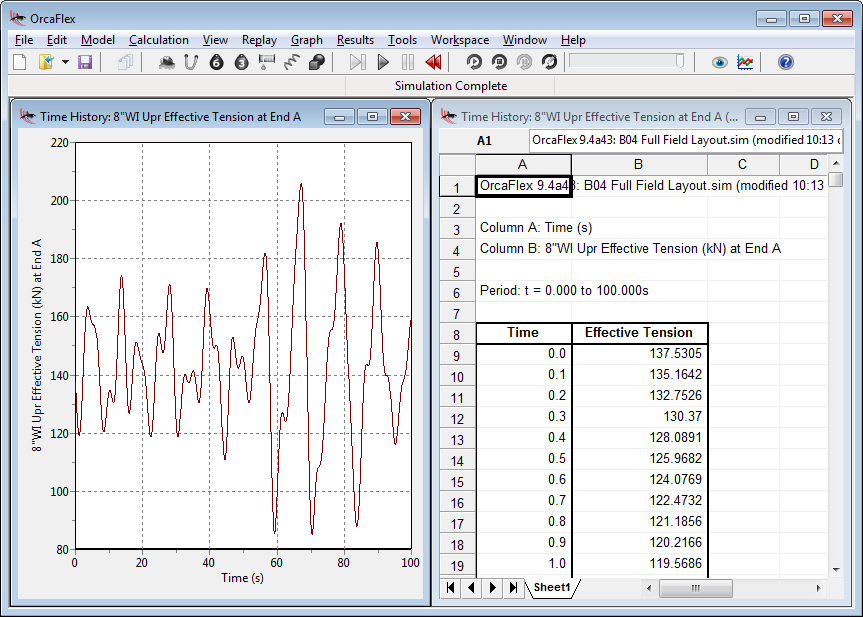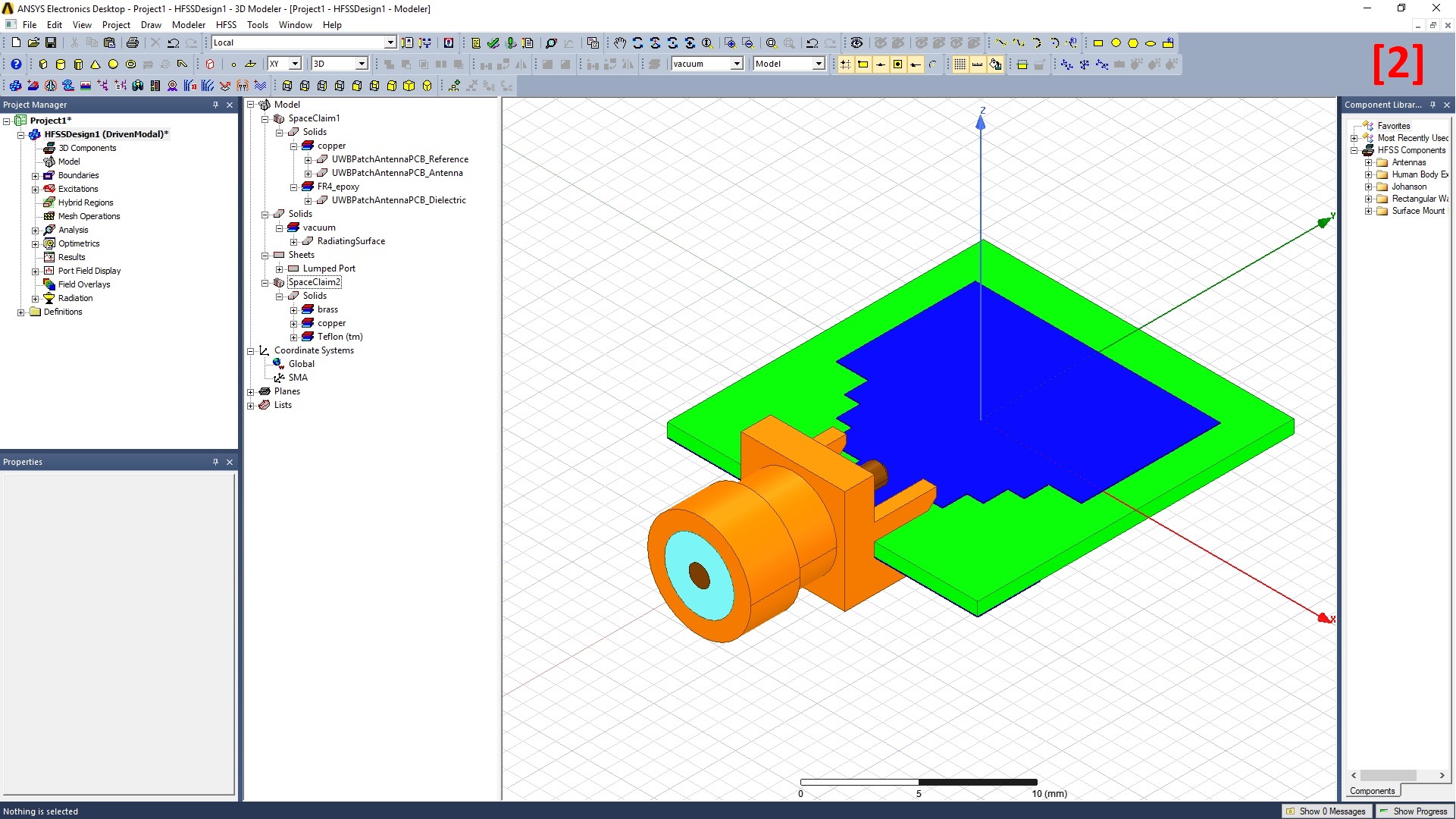

In this approach, the links won't be necessary.

EndA) toward the vessel and the cable will "fall" on top of the chute rather than coming from the bottom.
ORCAFLEX FREE
Now, when you run the static analysis, the winch will pull the free end (i.e. the cable end you have on the vessel deck) a few meters away from the chute, say 2m aft and 5m above the chute surface. I am new to this website and this is going to be my first post in a thread!ĭuring the modeling stage, you may try setting the EndA coordinates of the cable (i.e. I am not sure if you are still up with this analysis. So was wondering if someone knew some tips or tricks around this.

So I was wondering if there was an easier way to just tell my line to follow a specified path or close to that specified path.īut it works some times and other times it just finds coordinates on the under side of my chute or just through the vessel. So if I want to get results for 10 conditions it will take quite a long time.
ORCAFLEX TRIAL
If I vary the tension in the winch, I have to change the values of the Links as well, which is trial and error method and its quite laborious. My cable is fixed to a winch (all on my vessel). But at the end to keep my cable(line in orcaflex) above the chute, they just used temporary links to hold it over the chute and at the end of the simulation I have to make sure the links have 0 tension in them. I did get in touch with the support and they gave me quite a good explanation about my problem.
ORCAFLEX MANUAL
I have also tried all possible methods and tips from the user manual as well.Īnd your right, it needs a lots of careful setup :/ If anyone could help me please do let me know. I have tried using links to hold the cable above the chute but it ends up falling through the vessel or under the chute. The cable starts to find nodes within the vessel and under the chute and other places. When i start varying the tension all the problems start. What happens is initial condition my model converges and the cable find the nodes perfectly over the chute. Hence the winch either pulls in cable or pays out according to tension. I want to vary the tension in the winch and check the corresponding tensions and touchdown. I connect one end of the cable to a winch and the other anchored with enough slack in it. Now first I set my cable to follow a spline and over the chute which is on my aft deck. I am a fairly new user to Orcaflex but I have a good understanding of FEM.īasically I am trying to model a subsea cable and find the tension and other values of the cable.
ORCAFLEX SOFTWARE
Thus, the objective of this study was to develop an overall analysis procedure for a deepwater SCR.I would be glad for some help regarding the software Orcaflex. However,deepwater SCR analysis is a new research area. Therefore, a systematic strength analysis is required for the proper design of an SCR. The weight of the SCR and internalcontents affected the maximum stress of the SCR more than the HOA and vertical soil stiffness, because the weight of the SCR, including theinternal contents, was directly related to its tensile stress.ĪB - The design challenges when attempting to obtain sufficient strength for a deepwater steel catenary riser (SCR) include high stressnear the hang-off location, an elevated beam-column buckling load due to the effective compression in the touchdown zone (TDZ), and increasedstress and low-cycle fatigue damage in the TDZ. Furthermore, the tensilestress governed the total stress of the SCRs, whereas the bending stress governed the total stress at the TDZ.

Based on a deepwater SCR design example, it was found that the maximum stress of an SCR occurred at a hang-off location underparallel loading direction with respect to the riser plane, except for a wave dominant dynamic survival loading condition. The structural behavior of a deepwater SCR under various environmental loading conditions was investigated, and a sensitivity analysis wasconducted with respect to various parameters such as the SCR weight, weight of the internal contents, hang-off angle (HOA), and vertical soilstiffness. Thus, the objective of this study was to develop an overall analysis procedure for a deepwater SCR. The design challenges when attempting to obtain sufficient strength for a deepwater steel catenary riser (SCR) include high stressnear the hang-off location, an elevated beam-column buckling load due to the effective compression in the touchdown zone (TDZ), and increasedstress and low-cycle fatigue damage in the TDZ.


 0 kommentar(er)
0 kommentar(er)
